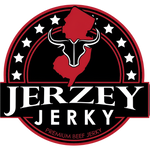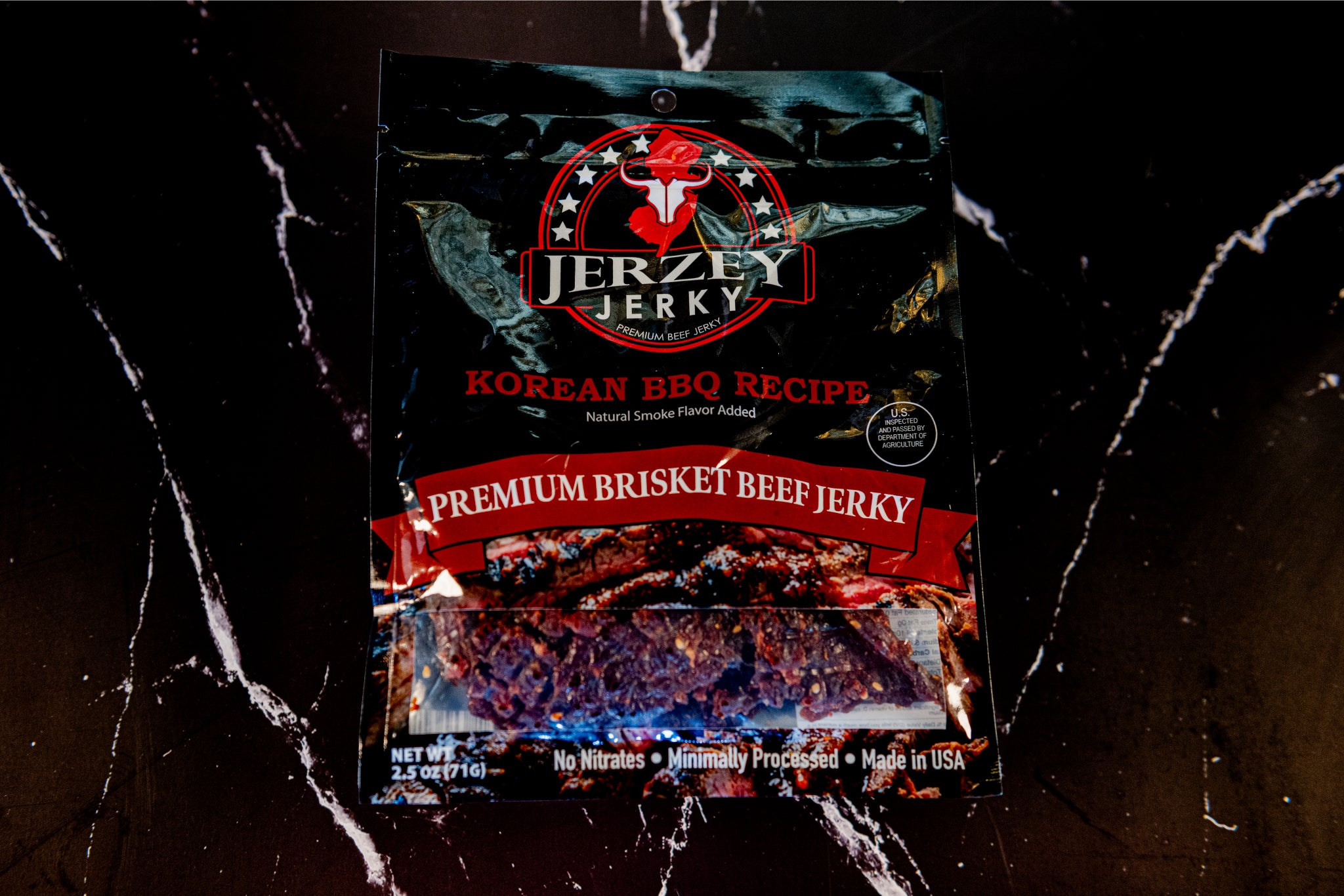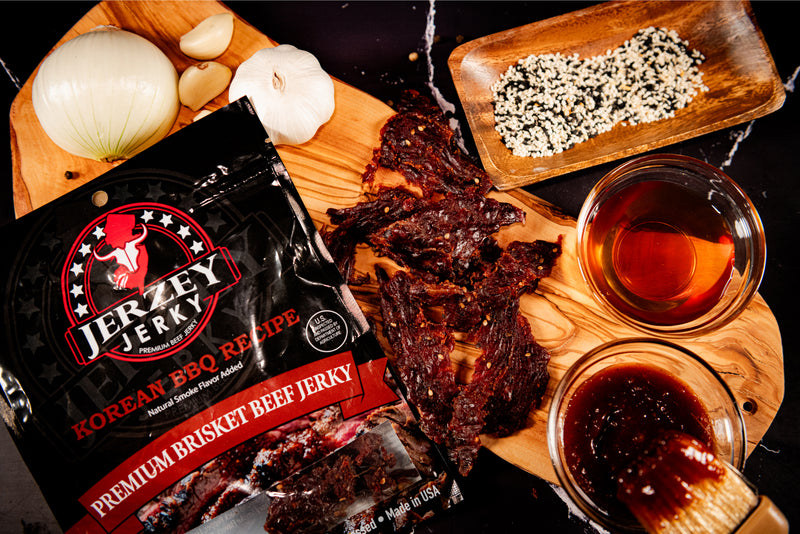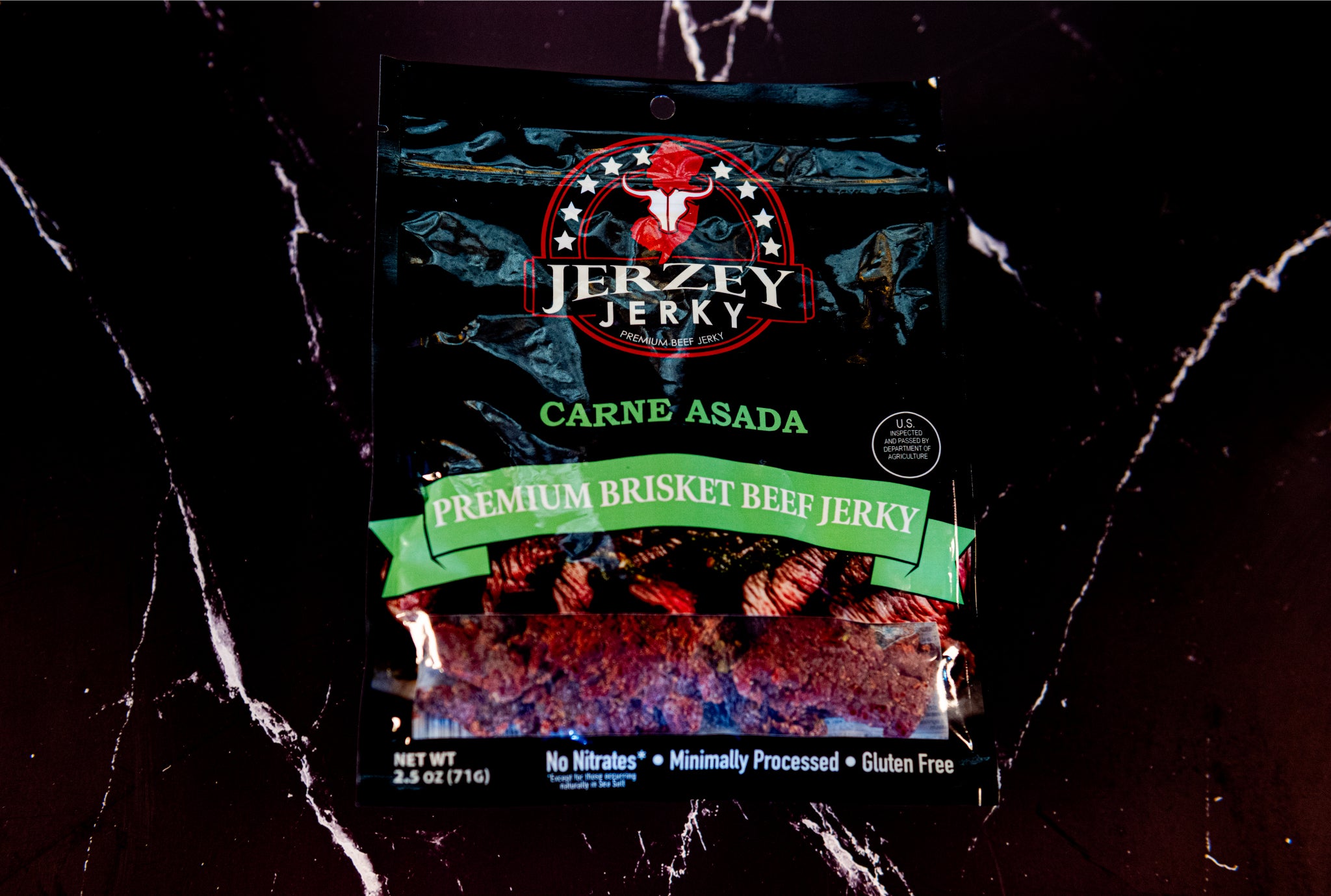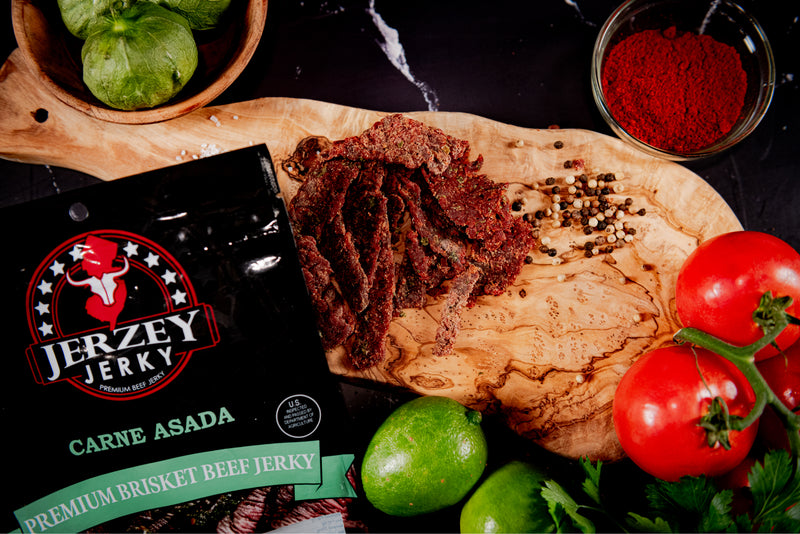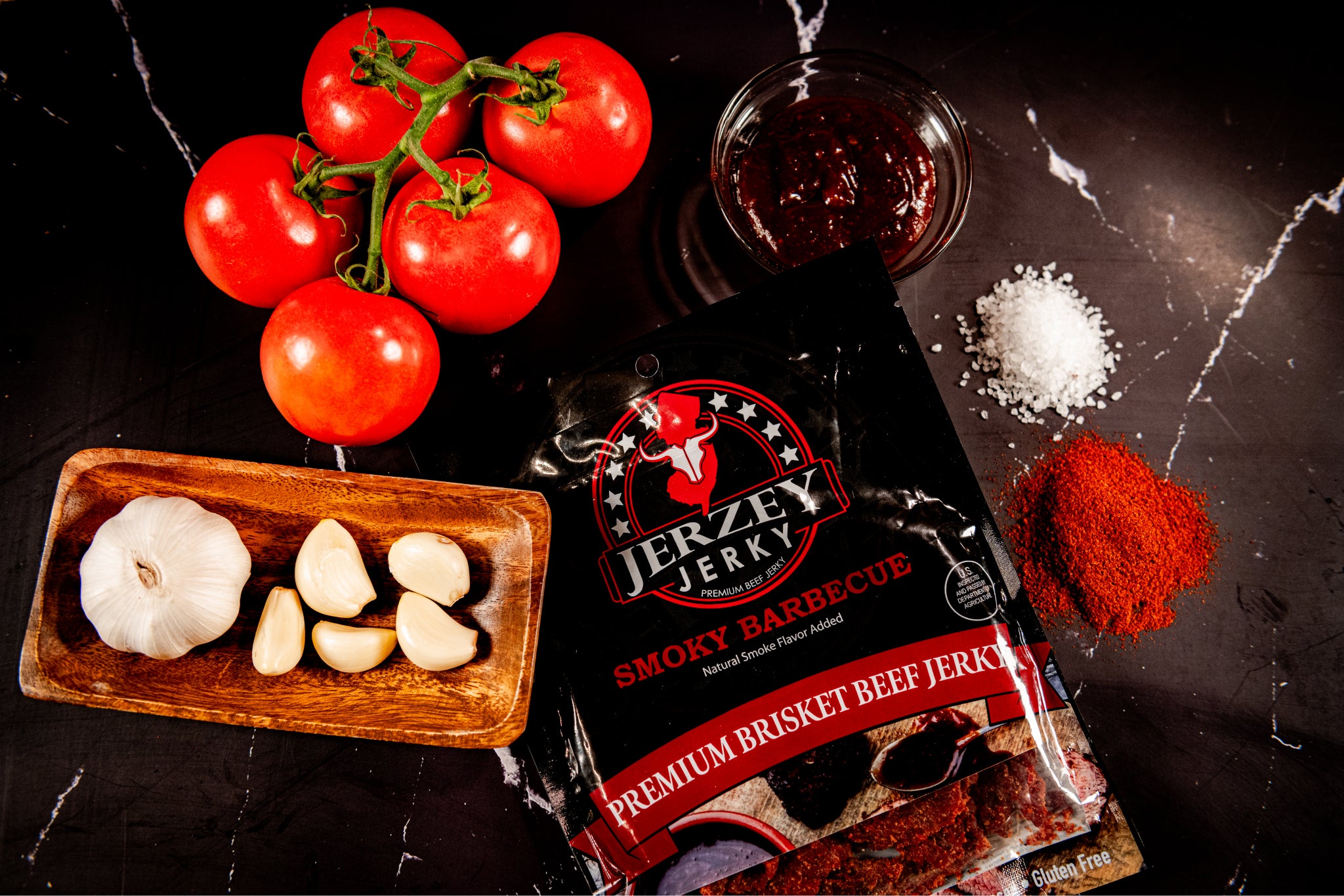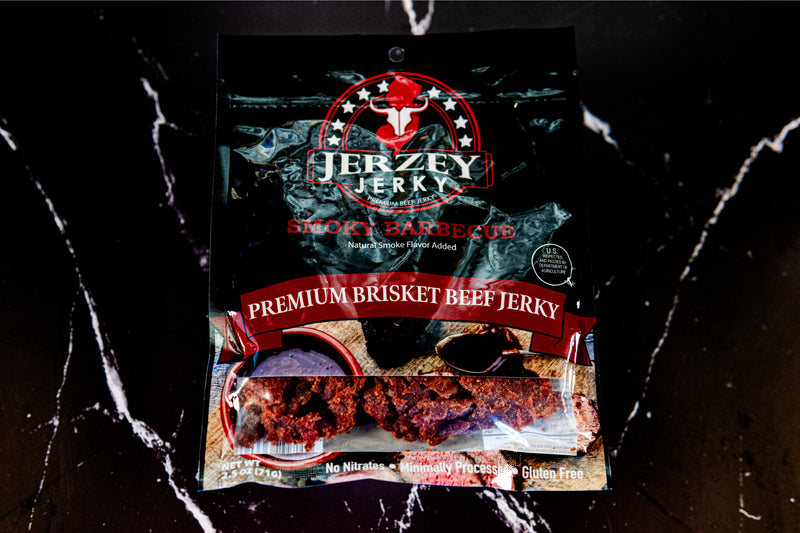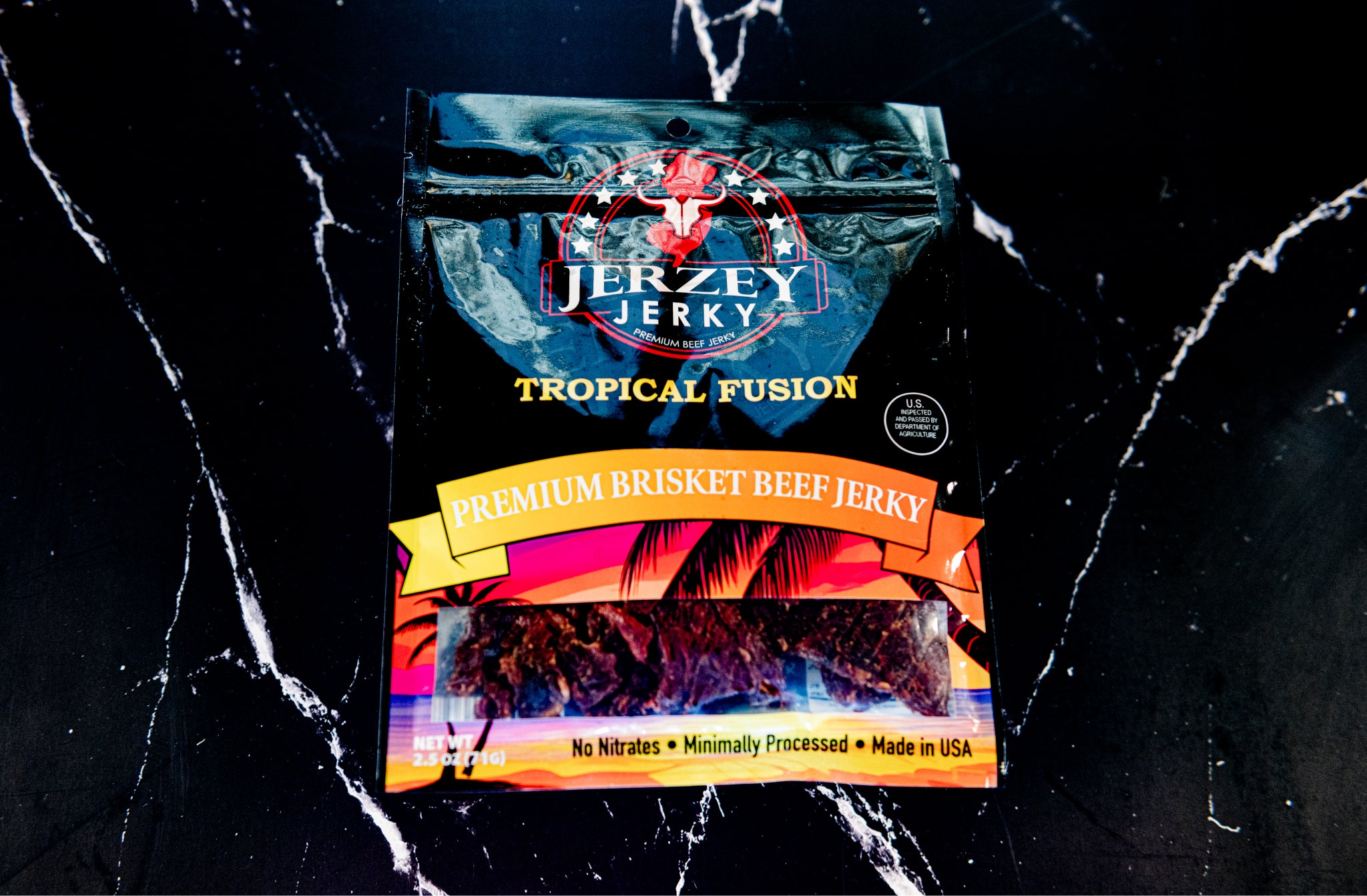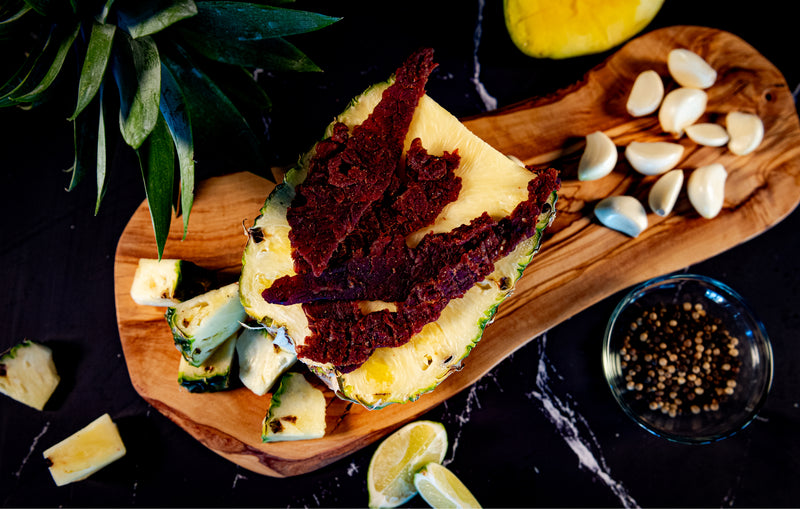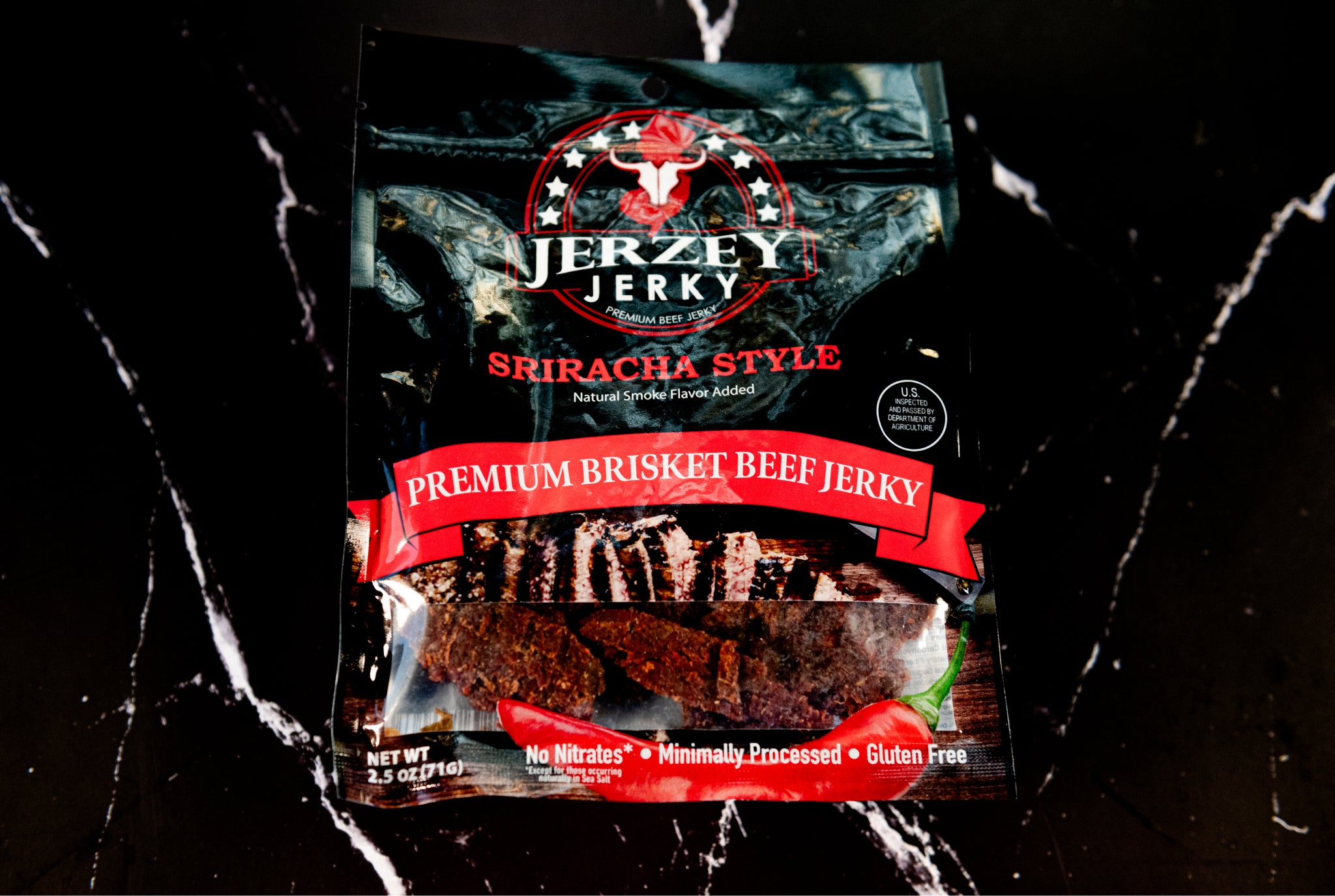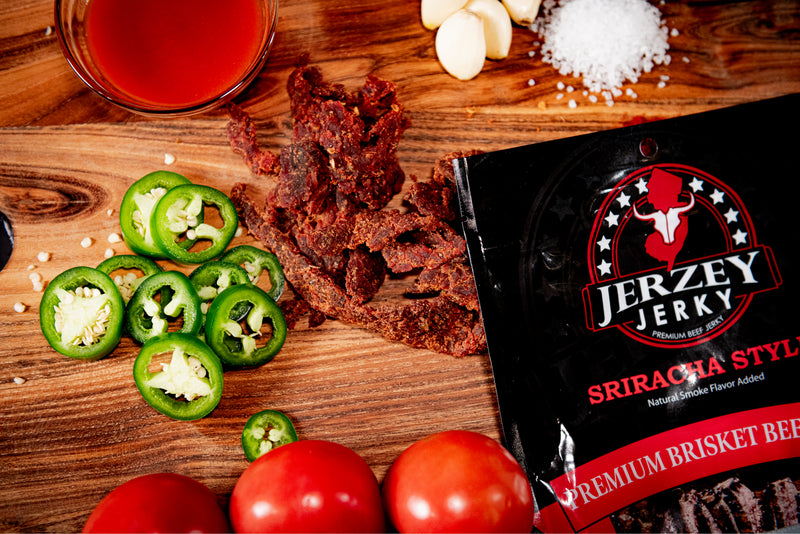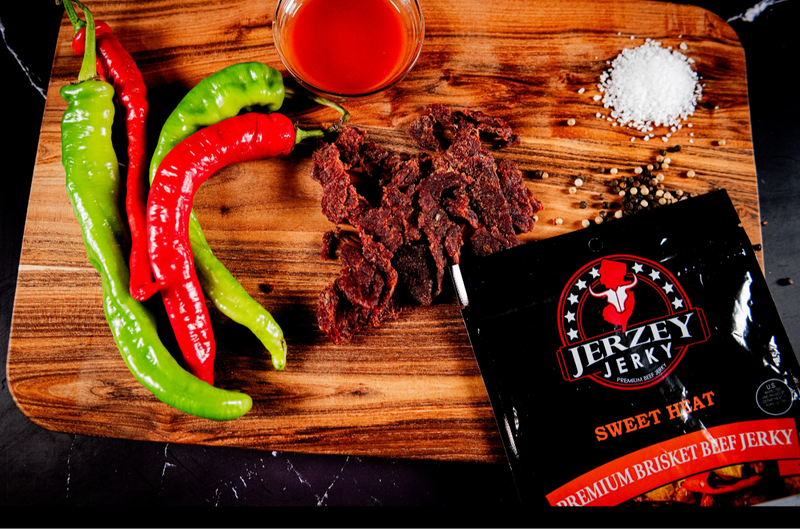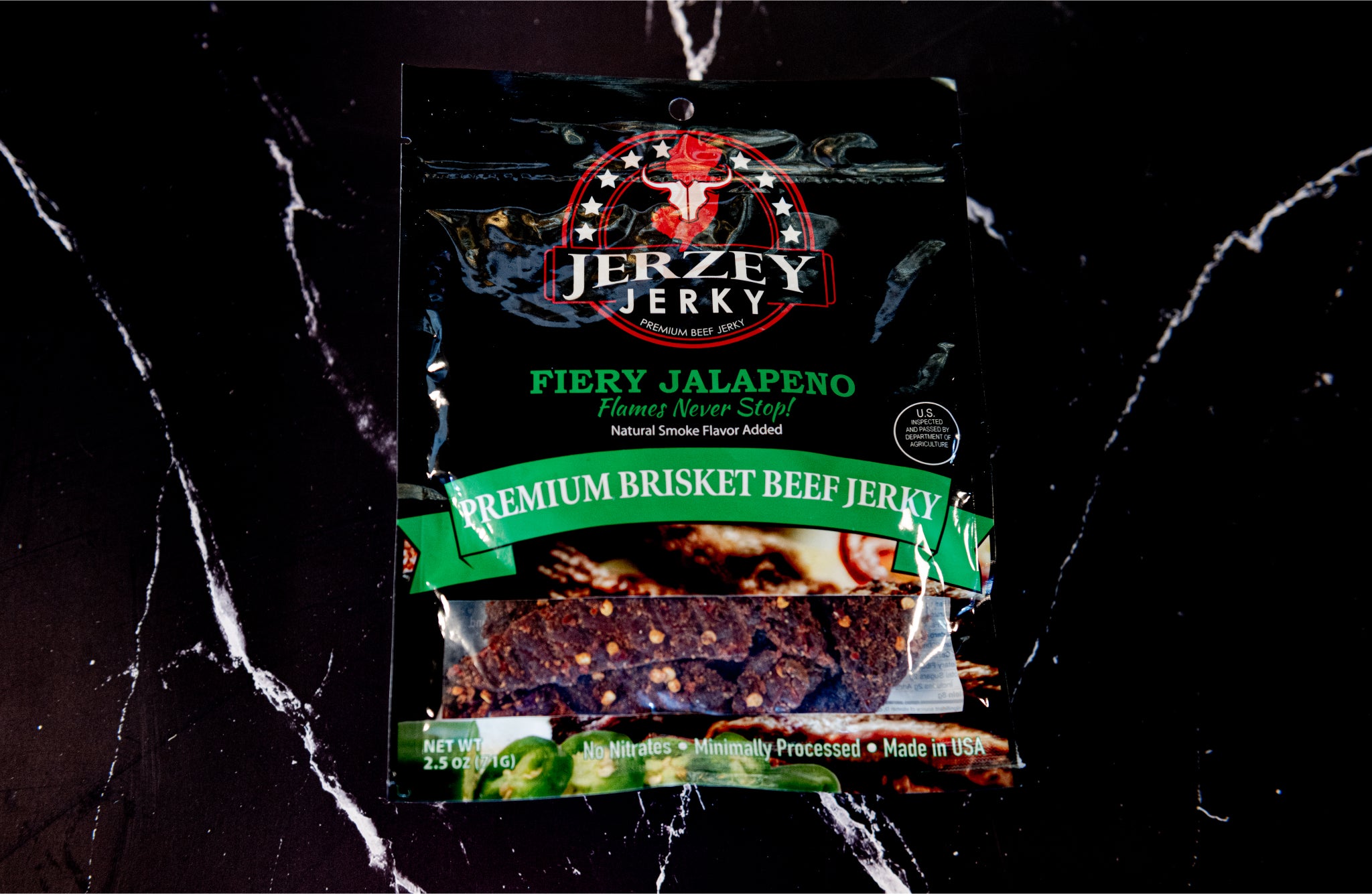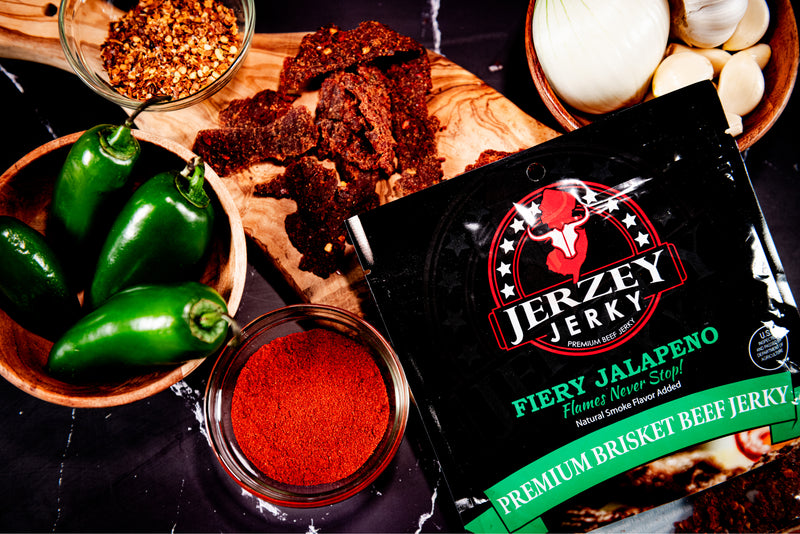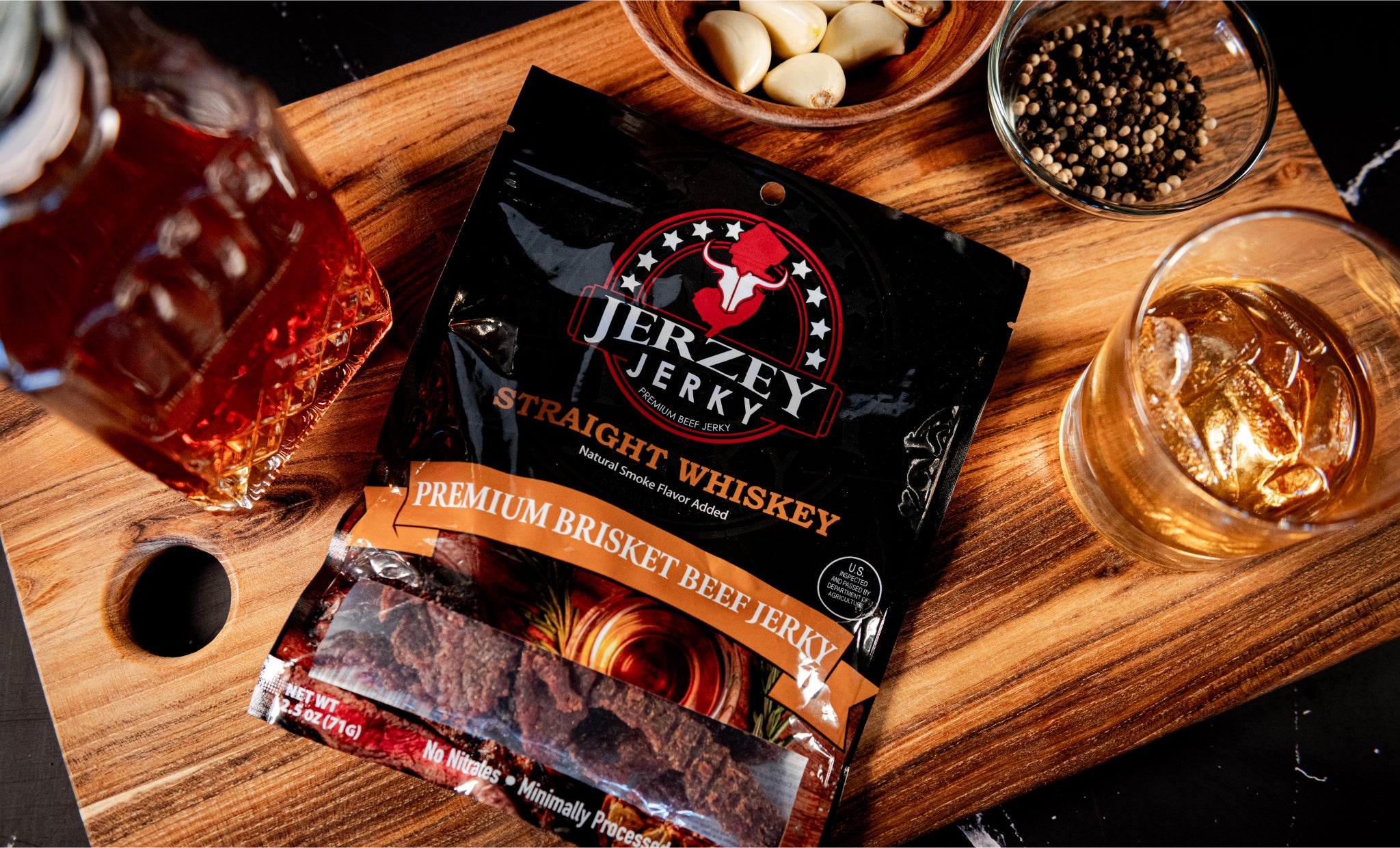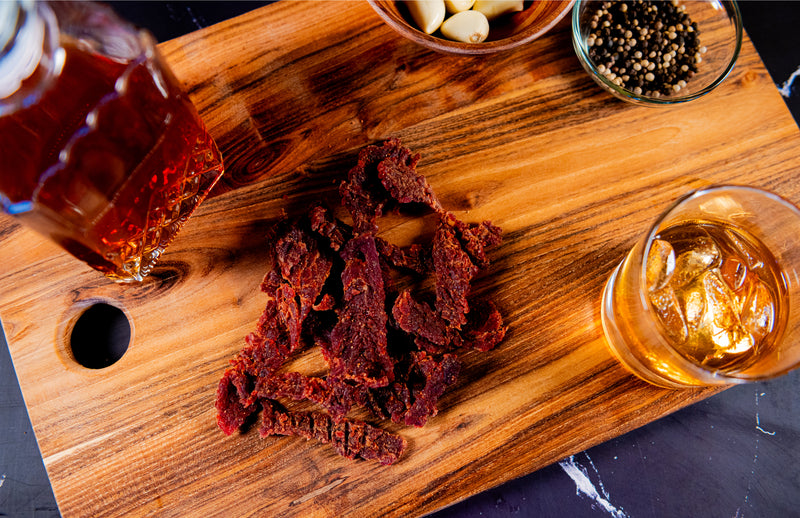
Brahman: Types, Uniqueness, and How to Identify
The Brahman had originated in the United States as a derivative of Indian Zebu breeds, Guzerat, Gir, and Nelore. The American Brahman Breeders Association was started in 1924 to formally initiate the breed in the production of beef and versatility in hot and humid environments.
The work published on 9 May 2023 by the University of Florida Genetics Department verified that Brahman cattle have an 862 µm² larger sweat gland per 25 percent higher level of Brahman genetics. The larger glands allow heat to dissipate more rapidly in a tropical climate.
The sweat glands of Brahman cattle were longer, wider, and nearer to the skin surface than those of Angus. These characteristics are more effective in heat regulation than in temperate-zone breeds.
The Animal Science Department of the University of Florida reported in 2017 and again in 2018 that 100 percent Brahman cattle were less affected by heat stress (reduced body temperature rise) than 0 percent Brahman cattle. This confirms the thermal resilience of Brahman in extreme Temperature-Humidity Index conditions.
What Makes Brahman Cattle Unique?
Here are the four characteristics that make Brahman cattle unique:
- Heat and Drought Tolerance: The Brahman cattle can live even at high temperatures over 105 degrees Fahrenheit and continue to graze with 40 percent less water than the European breeds. They have loose skin, big ears, and more sweat glands, which help them remain cool in hot dry climates.
- Insect and Disease Resistance: Having thick skin lessens antagonistic bites whereas regular body oils keep away bugs. The tick load in Brahman remains 70 percent less than in temperate cattle. These characteristics inhibit infections, which determines their appropriateness in humid and parasitic zones.
- Longevity & Productivity: Brahman cows have a breeding life of up to 15 years. Bulls are fertile past 10 years old. Long life and prolonged fertility lower herd replacement and raise overall calf production as compared to the majority of European beef breeds.
- Good Feed Conversion: Brahman requires 20 percent less feed to maintain body weight. They have a slower metabolic rate that allows them to survive on low-quality forage and hence they are best suited to drought-prone regions and in large grazing systems that are low in nutritional inputs.
Shop the best-selling Teriyaki Beef Jerky - Brisket & Korean BBQ Beef Jerky - Brisket !
What are the Types of Brahman and Crossbreeds
Here are the five types of Brahman and crossbreeds:
- American Brahman: American Brahman is the first standardized cattle breed in the U.S. It is a cross between Indian Zebu. It provides heat tolerance, disease resistance, and long-term reproductive performance making it used in more than 60 percent of tropical crossbreeding programs.
- Brangus: Brangus is a cross product between Brahman and Angus. This crossbred has both the heat resistance of Brahman and the Angus marbling quality. It has excellent meat characteristics, performing well under the warmer weather with less stress loss.
- Braford: Braford is the cross between Brahman and Hereford. It produces the toughness of Brahman mixed with the calmness of Hereford. They also deal with harsh weather and are friendlier to handlers which makes them suitable in grazing systems that have less infrastructure.
- Beefmaster: Beefmaster combines Brahman, Hereford and Shorthorn bloodlines. The active crossbreed offers hybrid vigor that enhances fertility, growth rate, and feed conversion. It raises good-performing calves in variable pasture and environmental circumstances.
- Charbray: Charbray is a cross of Brahman and Charolais. The outcome is beefy cattle with great muscle development and flexibility. The breed is adaptable to hot climates and meat-oriented systems that require greater carcass weight and feed efficiency.
How is Brahman Beef Used in Cooking?
Here are the three ways to use Brahman in cooking:
- Popular Cuts: Popular Brahman beef cuts include chuck, rib, brisket, flank and ground beef. These cuts are muscular, meaty, and full-flavoured, and are ideal for slow-cooked or long-cooked dishes where tenderness and juiciness are the priorities.
- Best Techniques: Brahman beef is ideal for braising or slow-cooking, smoking, and marinating. These methods tenderise lean muscle fibers, retain juices and enhance flavor, particularly on larger cuts like brisket or flank.
- Flavor Profile: Brahman beef is leaner, stronger flavored than Angus. It combines well with heavy foods like stews, curries or BBQ. Its tight texture holds sauces, rubs and marinades greater than high-fat meats.
How to Identify Real Brahman Beef?
Here are the four ways to identify Brahman beef:
- Official Certification: Seek American Brahman Breeders Association (ABBA) tags or other breed programs. These inspections ensure that the beef is from registered Brahman cattle.
- Meat Appearance: Brahman beef is a lean cut whose muscle grain is coarse and its marbling is low. It does not have heavy streaks of fat as in the European breeds indicating its genetic adaptation to heat.
- Source Verification: Buy quality supplies from trusted suppliers of tropical or sustainable beef. Such sources retain good handling and verify the origin of beef as Brahman or Brahman-cross cattle.
- Breed Traceability: Authenticate the ancestry of the cattle using breeder documentation and registration. Registered breeders offer traceability of origin, a couple that means the beef is produced in authentic Brahman cattle of record ancestry.
What are the Challenges with Brahman?
Here are the three challenges with Brahman:
- Meat Toughness: Brahman beef comes naturally tougher than the highly marbled breeds. It needs to be cooked slowly, or marinated or smoked to permit the muscle fibers to dissolve, and gain eating quality.
- Temperament: The Brahman cattle are extra defensive or excitable in comparison to other beef breeds. Effective handling and peaceful environments minimise stress and make handling them safer and easier.
- Market Perception: Brahman beef is not popular in high-end steak markets because of marbling. Its tougher meat is more of a niche product that markets on heat tolerance and sustainability than high-fat tender cuts.
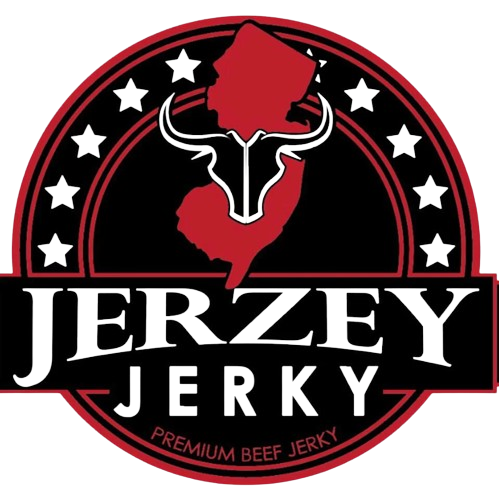
 2025-08-25
2025-08-25
 Wayne Holland
Wayne Holland

